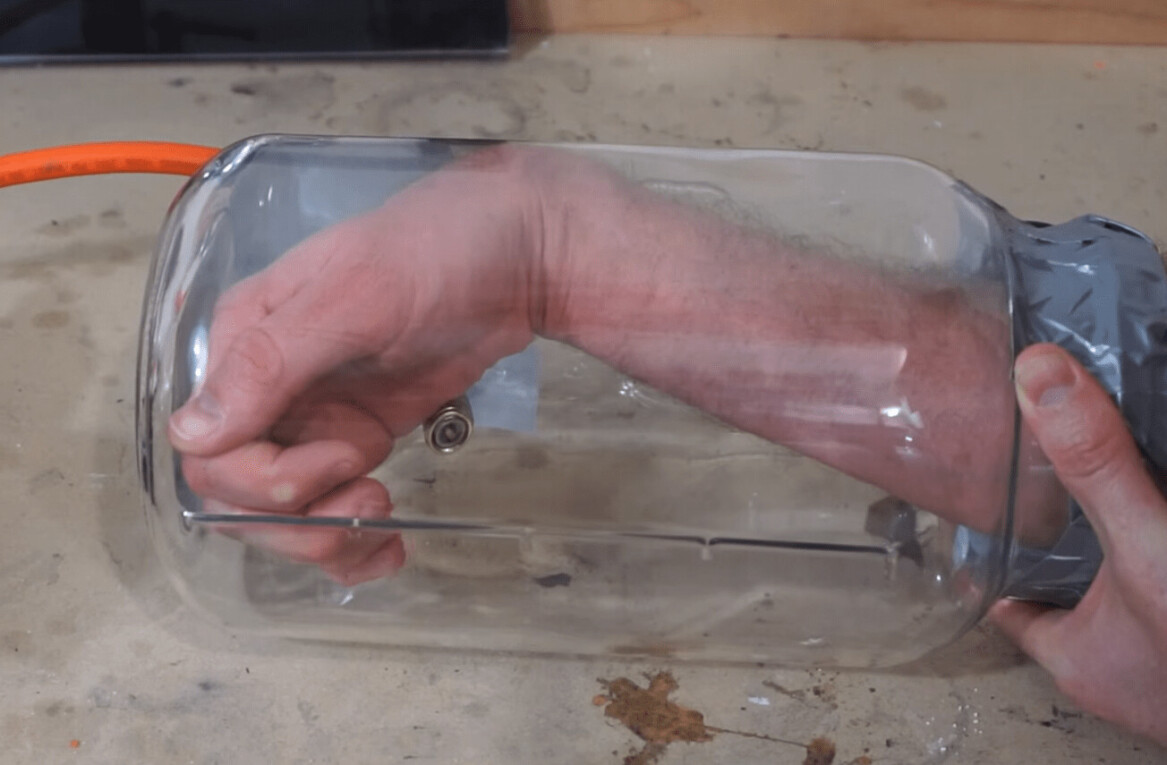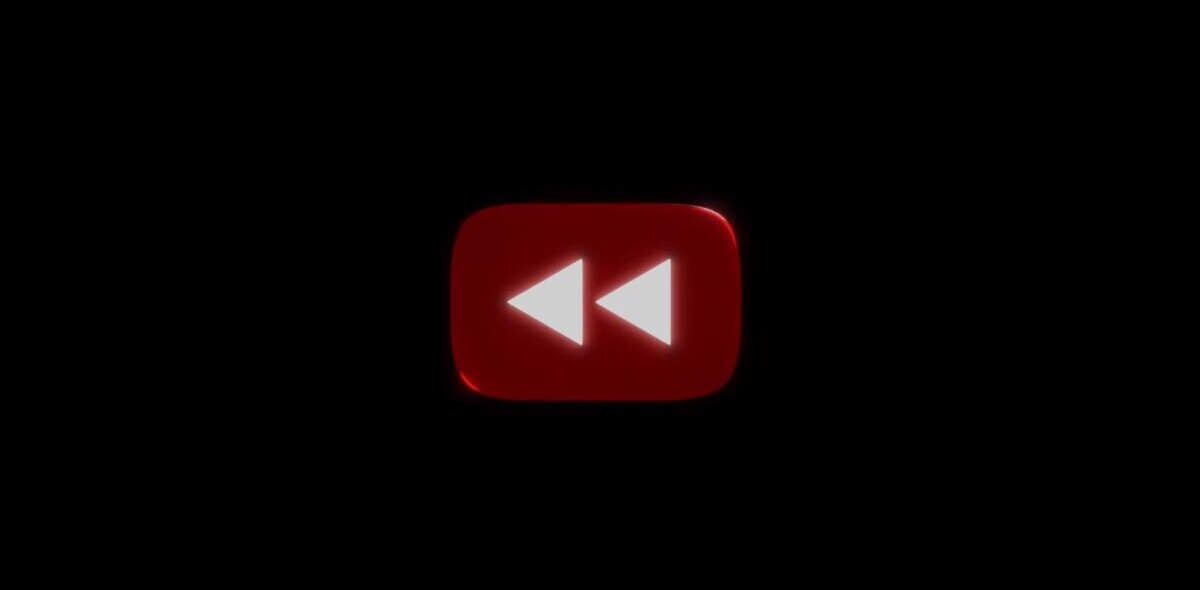
Ever had that feeling when you’ve woken up after a sleep but can’t remember what you were dreaming about? Findings from a new study, published this week, suggest that technology could soon make that scenario a thing of the past.
Scientists in Kyoto, Japan, have built a ‘dream-reading’ machine that has been able to loosely predict the images that sleeping subjects have seen with an initial 60 percent accuracy rate.
The study — published in Science, and first spotted by Smithsonian Magazine — uses the combination of an MRI machine, computer modeling and images from across the Web to try to decode visual imagery during sleep.
The researchers say that their success lies in the discovery of the link between human fMRI patterns — a method of measuring brain activity using blood flow — and verbal reports with image databases.
Subjects were monitored while awake and asleep and, thanks to feedback from dreams, rough images were associated with specific brain activity. From there, a basic correlation of images and brain activity was established as the base with which to predict what a dreamer would see in their slumber.
In essence, the research suggests that our brains function using patterns that can be predicted, making it more possible to match them to images.
Report authors T. Horikawa, M. Tamaki, Y. Miyawaki and Y. Kamitani explain the significance.
“Our findings demonstrate that specific visual experience during sleep is represented by brain activity patterns shared by stimulus perception, providing a means to uncover subjective contents of dreaming using objective neural measurement.”
The latest efforts follow one of the researchers’ previous breakthroughs (from 2005) which correctly identified which direction a subject was looking, based on fMRI patterns. The latest efforts took that a stage further, and also used the measurements to identify stages of sleep using an electroencephalography machine that measures electrical activity in the brain.
The Japanese scientists are confident that their breakthrough could help scientists improve the levels of understanding and potential to explore dreams in greater detail. There may be some time to go before we can look back on our forgotten dreams, but this is certainly an exciting step forward.
This video from Smithsonian provides more color:
Headline image via Antonio Guillem / Shutterstock, hat tip @Arf_22
Get the TNW newsletter
Get the most important tech news in your inbox each week.





